Mann baronets, of Linton Hall (1755)

- Sir Horace Mann, 1st Baronet (c. 1701–1786)
- Sir Horace Mann, 2nd Baronet (1744–1814)
There have been two baronetcies created for persons with the surname Mann, one in the Baronetage of Great Britain and one in the Baronetage of the United Kingdom.
The Mann Baronetcy, of Linton Hall in the County of Kent, was created in the Baronetage of Great Britain on 3 March 1755 for Horace Mann. The second Baronet represented Maidstone and Sandwich in the House of Commons. The title became extinct on his death in 1814. The second Baronet's sister, Catherine Mann, married the Right Reverend James Cornwallis, 4th Earl Cornwallis. Their son James Cornwallis assumed by Royal licence the surname of Mann in lieu of Cornwallis in 1814. In 1824 he succeeded in the earldom of Cornwallis (see Earl Cornwallis).
The Mann Baronetcy, of Thelveton Hall in Thelveton in the County of Norfolk, was created in the Baronetage of the United Kingdom on 29 December 1905 for Edward Mann. He was Chairman of Mann, Crossmann & Paulin, Ltd, brewers, and of Brandon's Putney Brewery Ltd.


The heir apparent is the present holder's son Alexander Rupert Mann (born 1978).
There have been three baronetcies created for persons with the surname Peel, one in the Baronetage of Great Britain and two in the Baronetage of the United Kingdom.

Earl Cornwallis was a title in the Peerage of Great Britain. It was created in 1753 for Charles Cornwallis, 5th Baron Cornwallis. The second Earl was created Marquess Cornwallis but this title became extinct in 1823, while the earldom and its subsidiary titles became extinct in 1852. The Cornwallis family descended from Frederick Cornwallis, who represented Eye and Ipswich in the House of Commons. He was created a Baronet in the Baronetage of England in 1627 and Baron Cornwallis, of Eye in the County of Suffolk, in the Peerage of England in 1661. He was succeeded by his son, the second Baron, who also sat as Member of Parliament for Eye. On his death, the titles passed to his son, the third Baron. He notably served as First Lord of the Admiralty. His son, the fourth Baron, was Lord Lieutenant of Suffolk and Postmaster General.
There have been 18 baronetcies created for persons with the surname Campbell, six in the Baronetage of Nova Scotia and twelve in the Baronetage of the United Kingdom.

There have been three baronetcies created for members of the Grey family, one in the Baronetage of England, one in the Baronetage of Great Britain and one in the Baronetage of the United Kingdom. Two of the creations are extant as of 2007.
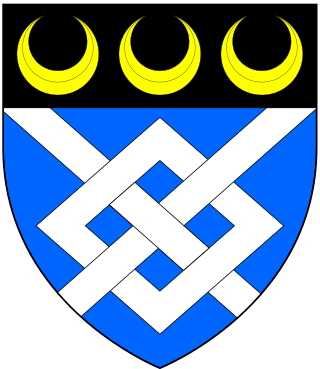
There have been three baronetcies created for people with the surname Hood, one in the Baronetage of Great Britain and two in the Baronetage of the United Kingdom. The first Baronet of the first creation was made Viscount Hood, while the fourth Baronet of the second creation was made Baron St Audries.
Nineteen baronetcies have been created for persons with the surname Hamilton, eight in the Baronetage of Nova Scotia, one in the Baronetage of England, five in the Baronetage of Ireland, one in the Baronetage of Great Britain and four in the Baronetage of the United Kingdom. As of 2008 two creations are extant, two are dormant, two are either extinct or dormant and twelve extinct.
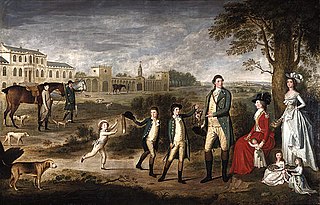
There have been five baronetcies of the United Kingdom created for a person with the surname Erskine, two in the Baronetage of Nova Scotia, one in the Baronetage of Great Britain and two in the Baronetage of the United Kingdom. Two of the creations are extant as of 2010.
There have been ten baronetcies created for persons with the surname Mackenzie, seven in the Baronetage of Nova Scotia and three in the Baronetage of the United Kingdom. Four of the creations are extant as of 2010.
There have been four baronetcies created for people with the surname Hoare, one in the Baronetage of Ireland, one in the Baronetage of Great Britain and two in the Baronetage of the United Kingdom. The second holder of the third creation was raised to the peerage as Viscount Templewood in 1944.
There have been two baronetcies created for people with the surname Jenkinson, both in the Baronetage of England. The seventh holder of the first creation was elevated to the peerage as Earl of Liverpool in 1796, a title which became extinct in 1851.
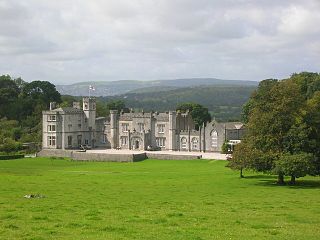
There have been six baronetcies created for persons with the surname Middleton, four in the Baronetage of England, one in the Baronetage of Great Britain and one in the Baronetage of the United Kingdom. One creation is extant as of 2008.
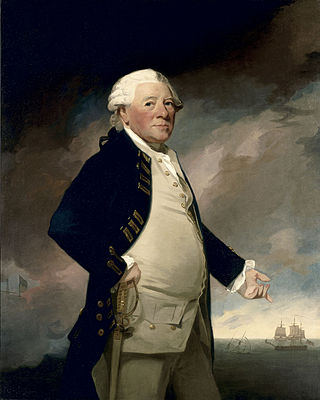
There have been seven baronetcies created for persons with the surname Parker, three in the Baronetage of England, two in the Baronetage of Great Britain and two in the Baronetage of the United Kingdom. Two of the creations are extant as of 2008. Though none of the different families of baronets were related, several supplied a number of flag officers to the Royal Navy.
There have been nine baronetcies created for persons with the surname Lloyd, three in the Baronetage of England, three in the Baronetage of Great Britain and three in the Baronetage of the United Kingdom. Two of the creations are extant as of 2010.

There have been nine baronetcies held by people with the surname Nugent, four in the Baronetage of Ireland and five in the Baronetage of the United Kingdom. Six of the creations are extinct, while three are extant.

There have been nine baronetcies created for persons with the surname Cooper, one in the Baronetage of England, one in the Baronetage of Ireland and seven in the Baronetage of the United Kingdom.
There have been nine baronetcies created for persons with the surname Roberts, three in the Baronetage of England and six in the Baronetage of the United Kingdom. As of 2014 four of the creations are extant.
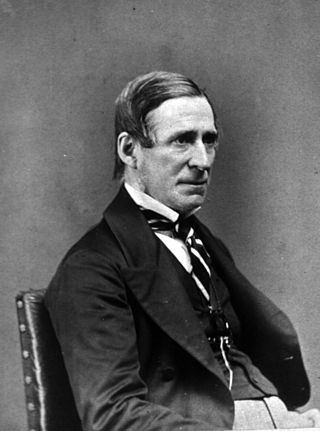
There have been three baronetcies created for persons with the surname Paget, all in the Baronetage of the United Kingdom, and a fourth created for the Bayly, which later became the Paget Baronetcy. As of 2016, two of the creations are extant.
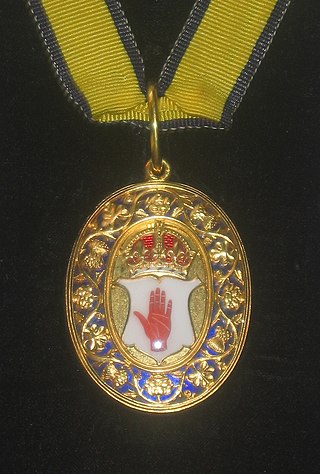
There have been six baronetcies created with the surname of Leigh: two in the Baronetage of England, one in the Baronetage of Ireland, one in the Baronetage of Great Britain and two in the Baronetage of the United Kingdom. The only creation remaining extant is that of Altrincham, while another is dormant.
There have been six baronetcies created for persons with the surname Thomas, three in the Baronetage of England, one in the Baronetage of Great Britain and two in the Baronetage of the United Kingdom. Two of the creations are extant as of 2016.
There have been six baronetcies created for persons with the surname King, one in the Baronetage of Ireland, one in the Baronetage of Great Britain and four in the Baronetage of the United Kingdom. Three of the creations are extant as of 2007.